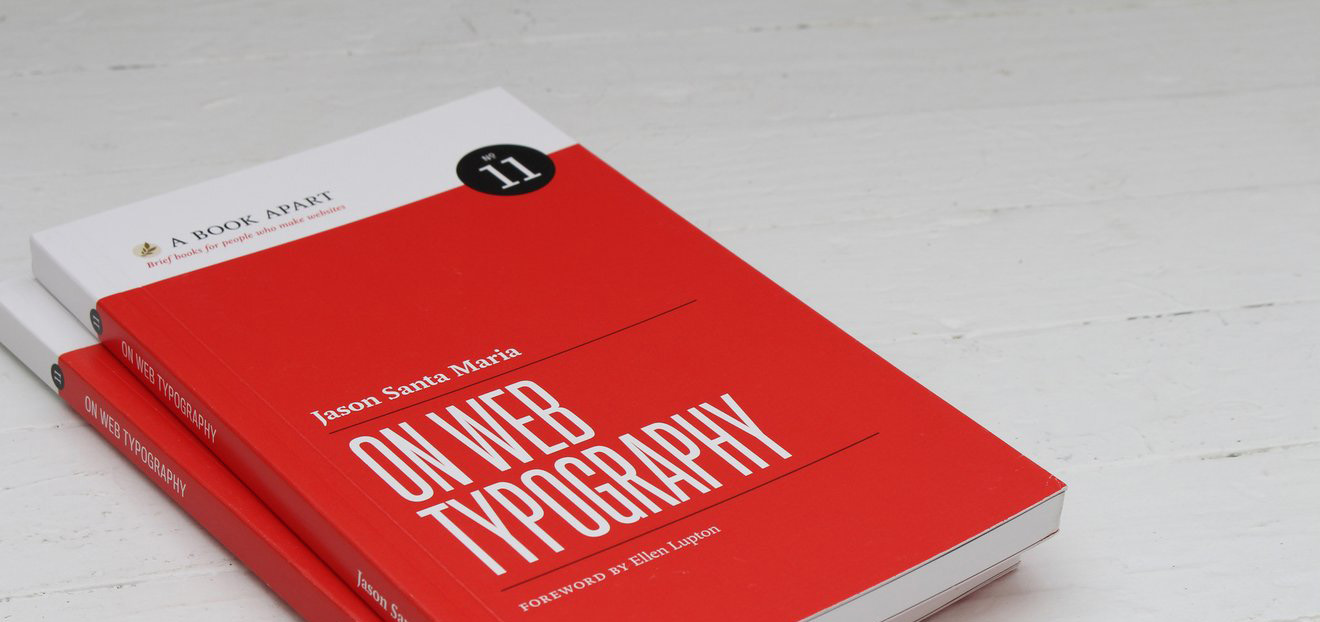
Typography
A companion site to the book On Web Typography by Jason Santa Maria.

A companion site to the book On Web Typography by Jason Santa Maria.
Type is everywhere – street signs, magazines, the web. Every typeface you see around you has been painstakingly and carefully planned out, and each has its own personality and vibe. But have you ever stopped to wonder how the typefaces we encounter everyday came to be? Who invented them, and why? If you’re interested in learning more about typography, you’ve come to the right place.
Throughout history, typefaces have been influenced by technological advances, culture shifts, and just general boredom with the state of typography. Here’s how it all went down:

Gutenberg invented movable typefaces, giving the world a cheaper way to obtain the written word. Up until this point, all written materials were done by hand, and were very costly to purchase. Guttenburg also created the first typeface, blackletter – it was dark, fairly practical, and intense, but not very legible.

Nicolas Jenson created Roman Type, inspired by the text on ancient roman buildings. It was far more readable than blackletter, and caught on quickly.
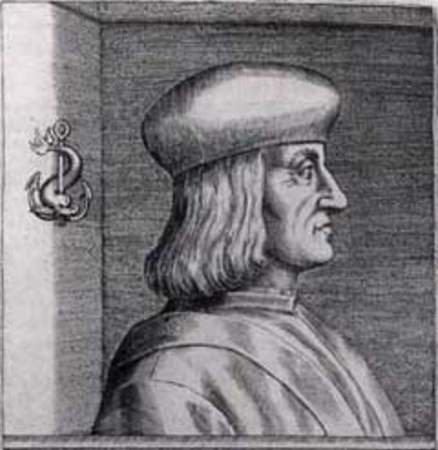
Aldus Manutius created italics – a way to fit more words onto a page, saving the printer money. Today, we use italics as a design detail or for emphasis when writing.

William Caslon created a typeface which features straighter serifs and much more obvious contrasts between thin and bold strokes. Today, we call this type style ‘old style’.
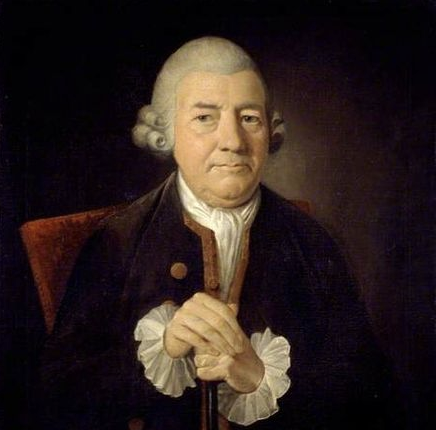
John Baskerville created what we now call Transitional type, a Roman-style type, with very sharp serifs and lots of drastic contrast between thick and thin lines.
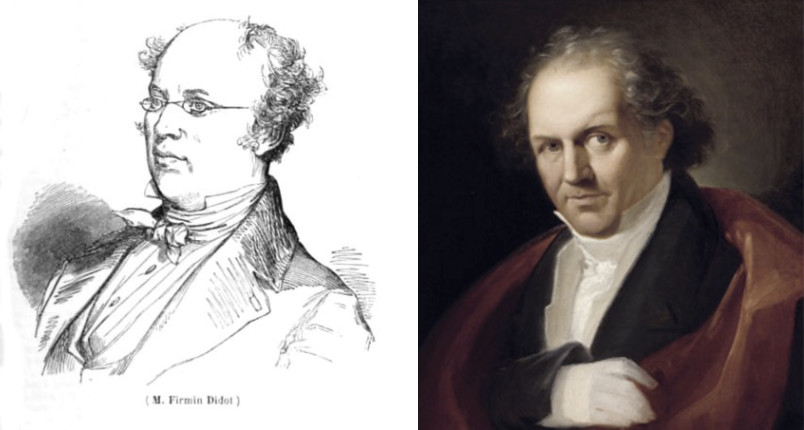
Firmin Didot and Giambattista Bodoni created the first ‘modern’ Roman typefaces (Didot, and Bodoni). The contrasts were more extreme than ever before, and created a very cool, fresh look.

Vincent Figgins created Egyptian, or Slab Serif – the first time a typeface had serifs that were squares or boxes.
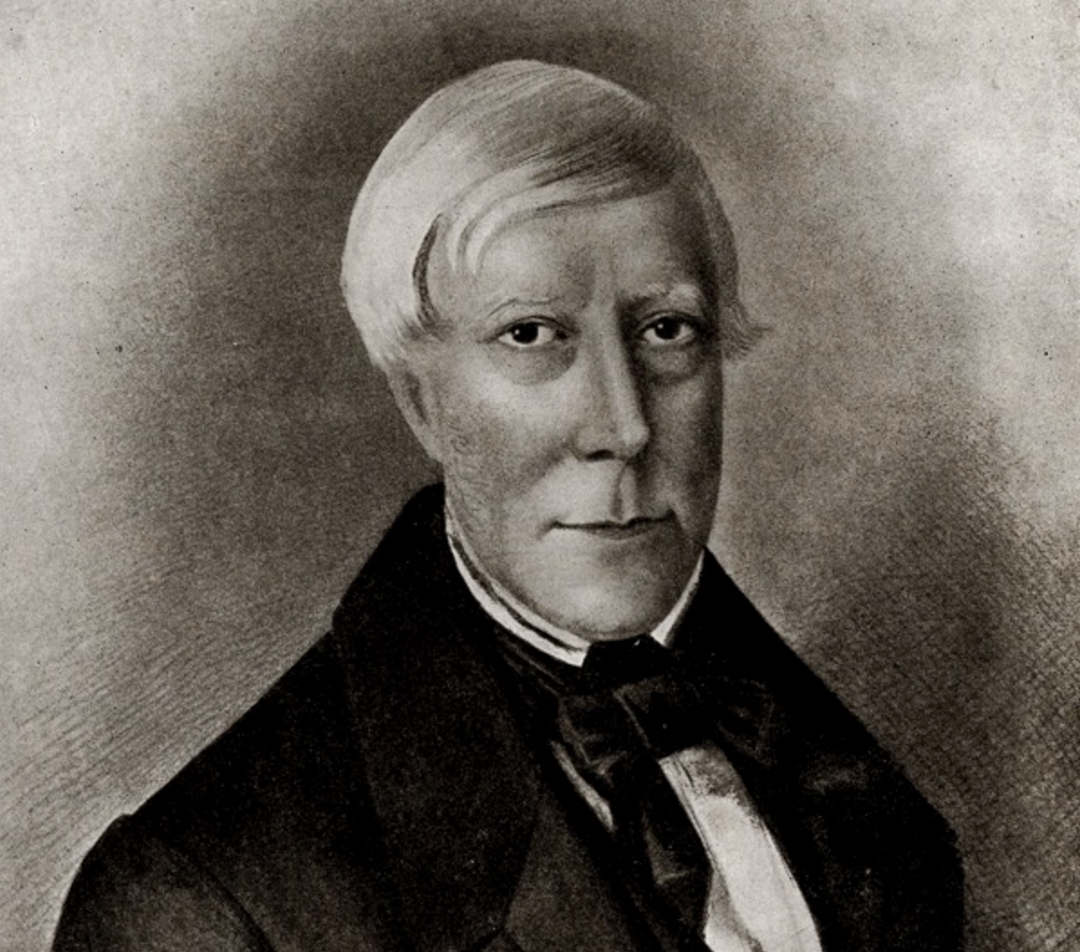
William Caslon IV created the first typeface without any serifs at all. It was widely rebuked at the time. This was the start of what we now consider Sans Serif typefaces. During this time, type exploded, and many, many variations were being created to accommodate advertising.
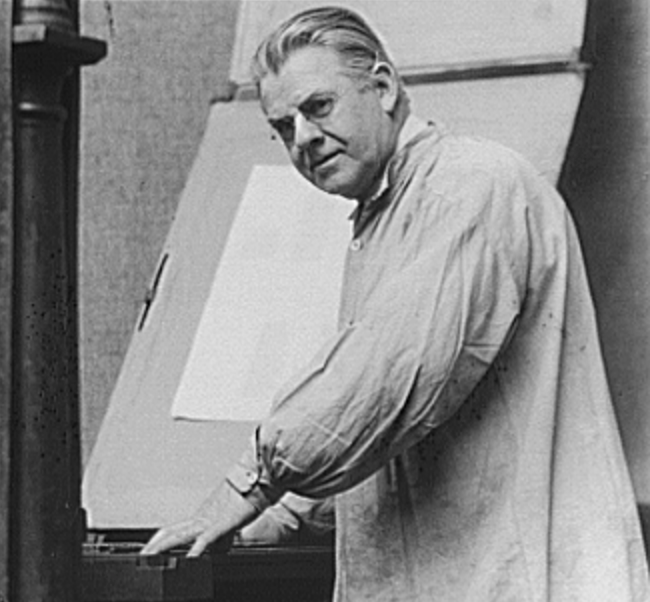
Frederic Goudy became the world’s first full time type designer, developing numerous groundbreaking typefaces, such as Copperplate Gothic, Kennerly, and Goudy Old Style.
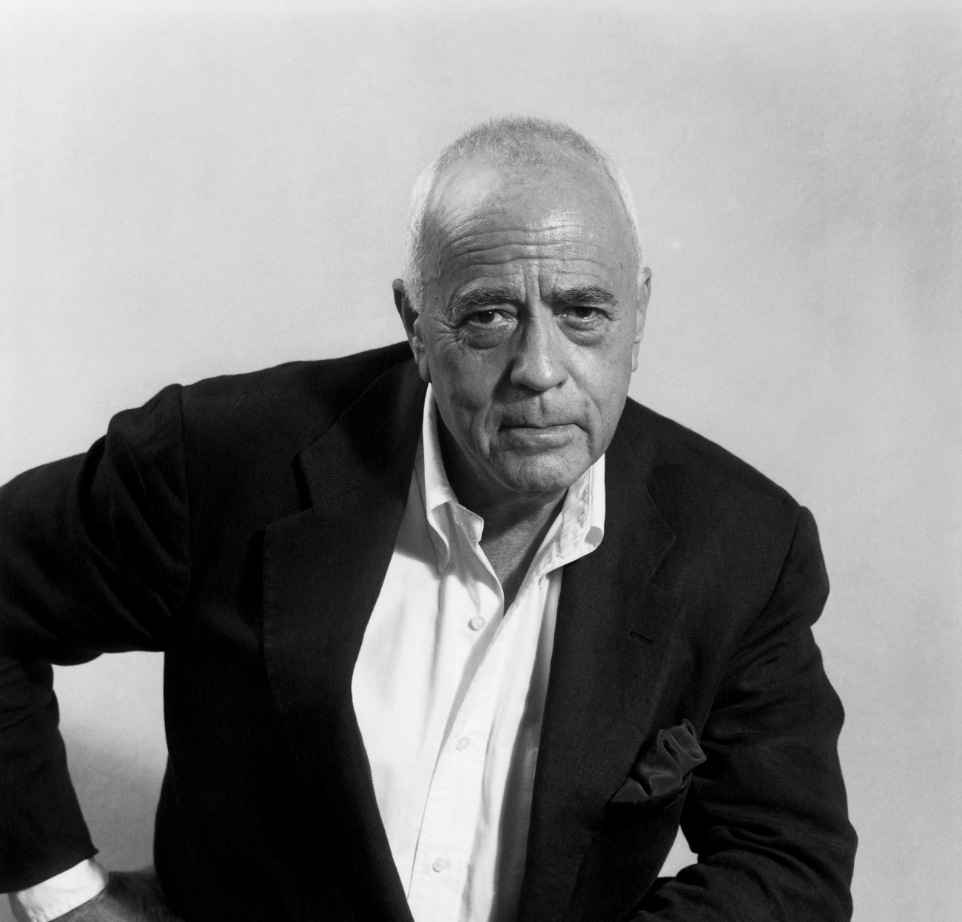
Swiss designer Max Miedinger created Helvetica, the most loved typeface of our time. This was a return to minimalism, and many other simplistic typefaces such as Futura surfaced around this time period.
With the internet, we have such a vast variety of old and new typefaces available for us to peruse and use. All these typefaces give us an abundance of options and looks for our designs today, and we’re not limited by just one or two typefaces like we would have been a few hundred years ago.